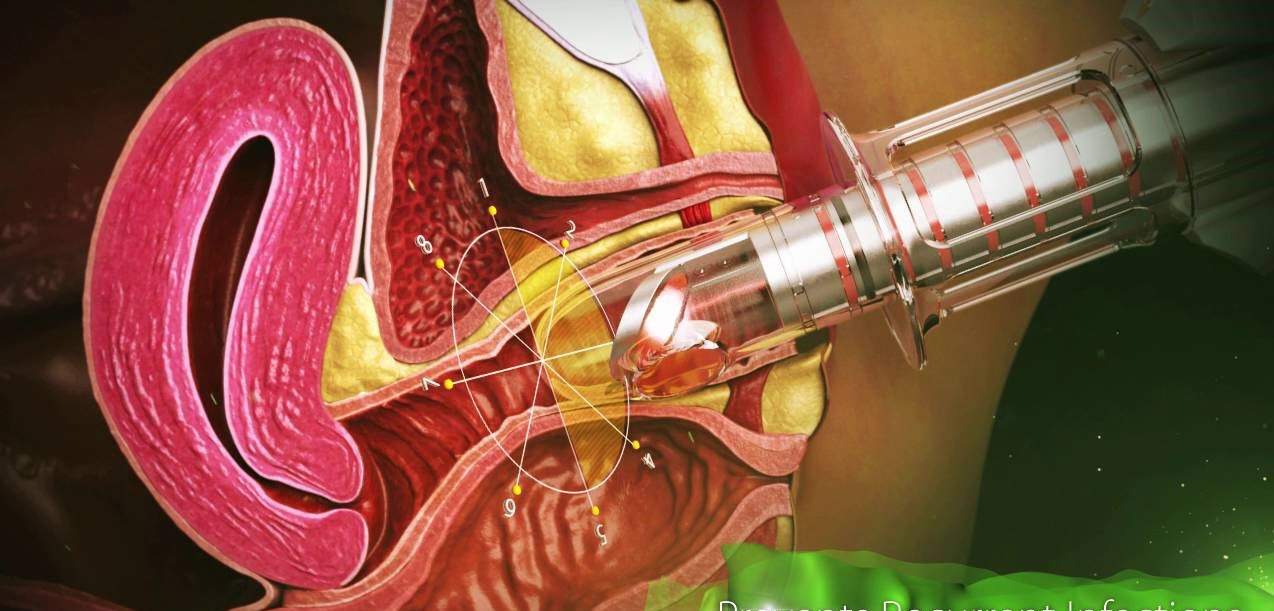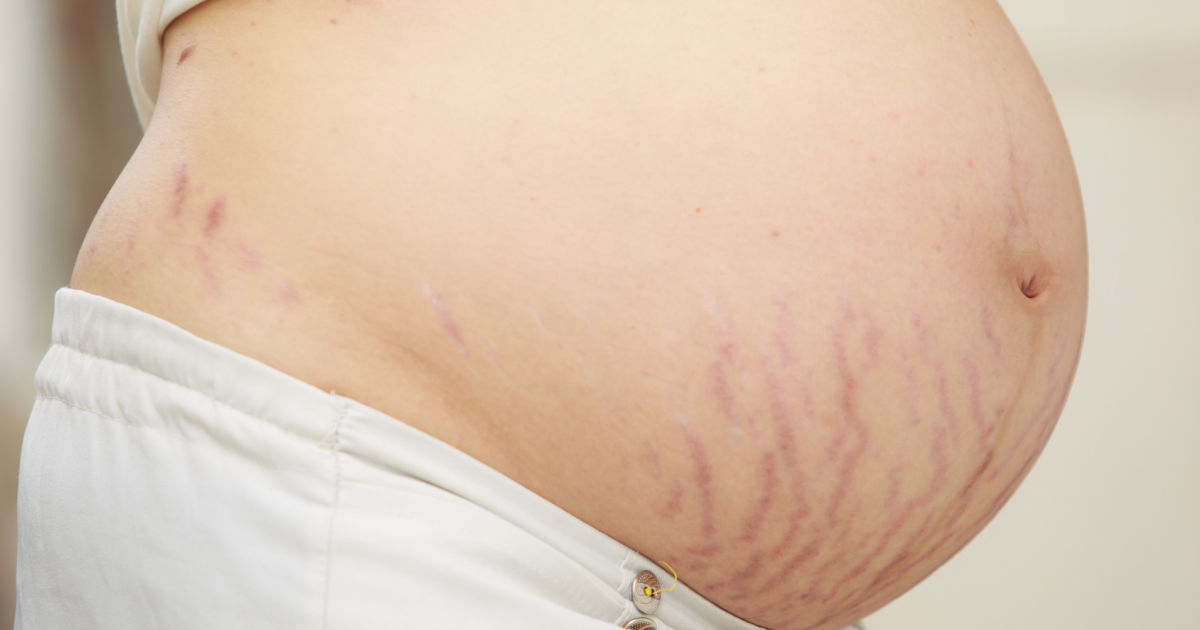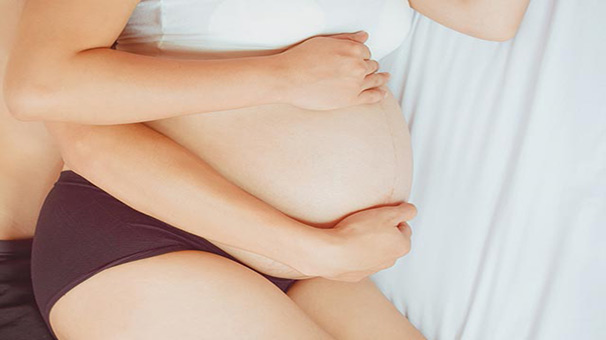Urinary Incontinence Treatment
İçindekiler
- 1 What is Urinary Incontinence (Urinary Incontinence)?
- 2 What are the Types of Urinary Incontinence?
- 3 What are the Causes of Urinary Incontinence?
- 4 How is Urinary Incontinence Diagnosed?
- 5 How common is urinary incontinence ( Stress Incontinence )?
- 6 What are Urinary Incontinence Treatment Methods?
- 7 What is Laser Urinary Incontinence Treatment?
- 8 How is Laser Urinary Incontinence Treatment Applied?
What is Urinary Incontinence (Urinary Incontinence)?
Urinary incontinence (Stress Incontinence), which is experienced when laughing, coughing, lifting a heavy load, that is, when the intra-abdominal pressure increases, is a very common problem that affects a large percentage of women with advancing age.
After a normal vaginal delivery, many women have trouble controlling their urine for the first 6 weeks. Especially when coughing, sneezing, laughing, lifting a heavy load, more than 40% of urine leaks. At the end of the first 6 weeks, this condition usually improves. Pelvic floor muscle exercises (KEGEL) are very helpful in strengthening the vaginal muscles, tightening the enlarged vagina and preventing urinary incontinence. But if you still have urinary incontinence at the end of 6 weeks, if you can’t control your urinary retention muscles and if your vagina doesn’t feel tight, you should see your doctor.
What are the Types of Urinary Incontinence?
Types of urinary incontinence include:
Stress Incontinence (SUI): Urinary incontinence when your bladder is under pressure with the effect of abdominal pressure, that is, when coughing, laughing, or lifting something heavy from the ground.
Urge Incontinence: Sudden intense urge to urinate, followed by urinary incontinence, incontinence, inability to reach the toilet
Overflow Incontinence (overflow incontinence or chronic urinary retention ): if you are not able to empty your bladder completely, this causes urine leakage
Total Incontinence: when your bladder can’t store any urine at all, it causes you to urinate or leak constantly
Both stress incontinence and urge incontinence can be seen together.
What are the Causes of Urinary Incontinence?
Since the vaginal wall is stretched during normal delivery, the vaginal muscles may be damaged. Since the anterior vaginal wall supports the bladder, that is, the bladder, in case the vagina becomes loose and the muscles weaken, your bladder prolapses towards the anterior surface of the vagina, that is, it sags. This can trigger problems such as stress incontinence (for example, urine leakage from sneezing, coughing, and exertion).
Estrogen is a hormone that helps regulate your menstrual bleeding. It also allows you to control your bladder and keep your urine healthy and properly. As you approach menopause, your estrogen levels begin to drop. This lack of estrogen can cause your pelvic muscles to weaken. You can no longer control your bladder like before. As your estrogen levels continue to drop throughout and after menopause, SUI symptoms may get worse.
How is Urinary Incontinence Diagnosed?
Urinary incontinence is a very common problem, so don’t be shy to talk to your doctor if you’re leaking urine. Your doctor will ask you some questions about your complaints and medical history:
It is important to diagnose whether you leak urine when you cough or laugh, how many times you go to the toilet during the day or night, whether you have difficulty urinating when you go to the toilet, whether you take any medication, how much liquid-alcohol-caffeine you consume per day.
In order to determine your bladder habit, your doctor may ask you to take note of the amount of liquid you drink for at least 3 days, the types of liquids, how often you go to the toilet, how many times you need to go to the toilet urgently, etc.
Some tests and examinations may also be required:
Physical examination: Your doctor will perform a pelvic exam to assess the health of your urinary system and to see if urine is leaking. During the examination, you will be asked to squeeze or cough your pelvic floor muscles. In the meantime, the bladder neck movement is monitored, it is evaluated whether the bladder protrudes towards the vagina and whether there is damage to the pelvic floor muscles.
If your doctor thinks that your complaints may be caused by a urinary tract infection, a dipstick test or a full urinalysis will look for bacteria in your urine.
If your doctor thinks you have overflow incontinence, a residual urine test is done to see how much urine is left in your bladder after you urinate. With the help of ultrasound, the volume of urine remaining in the bladder is measured or the amount of urine emptied from the bladder is measured using a catheter.
Cystoscopy: With the help of a camera called an endoscopy to look at your bladder and urinary system, other anomalies that may cause incontinence are looked for.
Urodynamic tests: These are a group of tests used to check the function of the bladder and kidneys.
How common is urinary incontinence ( Stress Incontinence )?
Stress Urinary Incontinence (SUI) or “loss of bladder control” increases with age. So every woman experiences this at some point in her life. This condition, also called involuntary urine leakage, results from a loss of strength in the muscles that control urination. The loss of control of urination can sometimes be very mild; So when you laugh, cough, exercise, run or lift a heavy load, you may be leaking just a few drops of urine. However, in some cases, you may not be able to keep your urine on the way while going to the toilet with a sudden urge. According to the researches of the American Urological Association, the frequency of urinary incontinence in women between 30 and 60 years old is 30% and 15% of them are Stress Incontinence.
Stress Incontinence (SUI) can be experienced throughout life; SUI is quite common during pregnancy, after childbirth, or during menopause.
If you have a palpable fullness or swelling inside your vagina, it may be a bladder prolapse. In other words, your bladder may be sagging due to relaxation in the muscles of the anterior vaginal wall and weakening of the ligaments hanging the bladder neck. In this case, the flow of urine slows down, you may have difficulty emptying your urine completely, and you may feel discomfort during sexual intercourse. You will want to urinate more often and may leak small amounts of urine when laughing, coughing, exercising.
What are Urinary Incontinence Treatment Methods?
Stress Incontinence may occur as a result of damage to the pelvic floor and loss of bladder (bladder) support, usually after age-related or normal delivery. Patients complain of varying degrees of urinary incontinence as a result of coughing, sneezing, heavy lifting, and physical activity.
Surgical methods are the most effective solution to treat bladder prolapse and prevent stress incontinence, it can be considered for people who cannot benefit from other treatment methods.
However, laser technology developed in recent years has been very effective in the treatment of urinary incontinence. “Laser Incontinence Treatment”, which does not require surgery, is painless, painless, non-bleeding and takes about 10 minutes, does not require hospitalization. It may be preferred for people who are too old to be operated on, who cannot receive general anesthesia, or who hesitate or delay surgery.
FemiLift Pixel CO2 Laser Technology creates a deep effect with high CO2 laser energy and provides restructuring (rejuvenation) on the inner surface of the vagina thanks to both new collagen synthesis and contraction of elastin fibers. The technological advantage of long pulse is the strong thermal effect, which is important in such applications.
Femilift Pixel CO2 Laser increases the thickness of the vaginal wall by treating the entire pre-urethral area. In this way, better support is provided from the lower part of the middle urethra, the pelvic floor is strengthened. As a result, it significantly reduces the symptoms of Stress Incontinence, restoring better control of urination and long-term urinary incontinence.
What is Laser Urinary Incontinence Treatment?
Femilift Pixel CO2 Laser Technology provides high CO2 Laser energy to be applied into the vagina thanks to its special probe. The strong thermal effect thus provided stimulates new collagen synthesis on the inner surface of the vagina, elastin fibers contract, restructuring, regeneration and rejuvenation in the vaginal tissue are provided. With Pixel CO2 Laser applied to the entire preurethral area, the vaginal wall thickness increases, the urethra is supported, and the pelvic floor muscles are strengthened. After Femilift Pixel CO2 Laser application, the symptoms of urinary incontinence (incontinence) are significantly reduced, better urine control and the ability to hold urine for a long time increase.
How is Laser Urinary Incontinence Treatment Applied?
This treatment method, which is painless, non-bleeding, does not require general anesthesia, and does not require hospitalization, takes only 8-10 minutes. It is sufficient to apply a local anesthetic cream into the vagina before the application. Laser urinary incontinence treatment is recommended to be performed in 3 sessions with 6-week intervals. This method, which can be applied even during the lunch break, and after which you can easily return to work, without feeling serious pain, is 100% safe. It is recommended to be repeated as 1 session every 1.5-2 years in order to preserve and maintain the urinary control effect of Femilift CO2 Laser incontinence treatment.
For Laser Incontinence (Stress Incontinence) Treatment with Jin.Op.Dr.Yeşim Yercok
Appointment Tel: +90(216)3851715
Address: Fenerbahce Mah. Fener Kalamış Cad. Billur apt. No:5 Da.9 Floor:2 Kiziltoprak/İSTANBUL
E-Mail:
info@dryesimyercok.com










